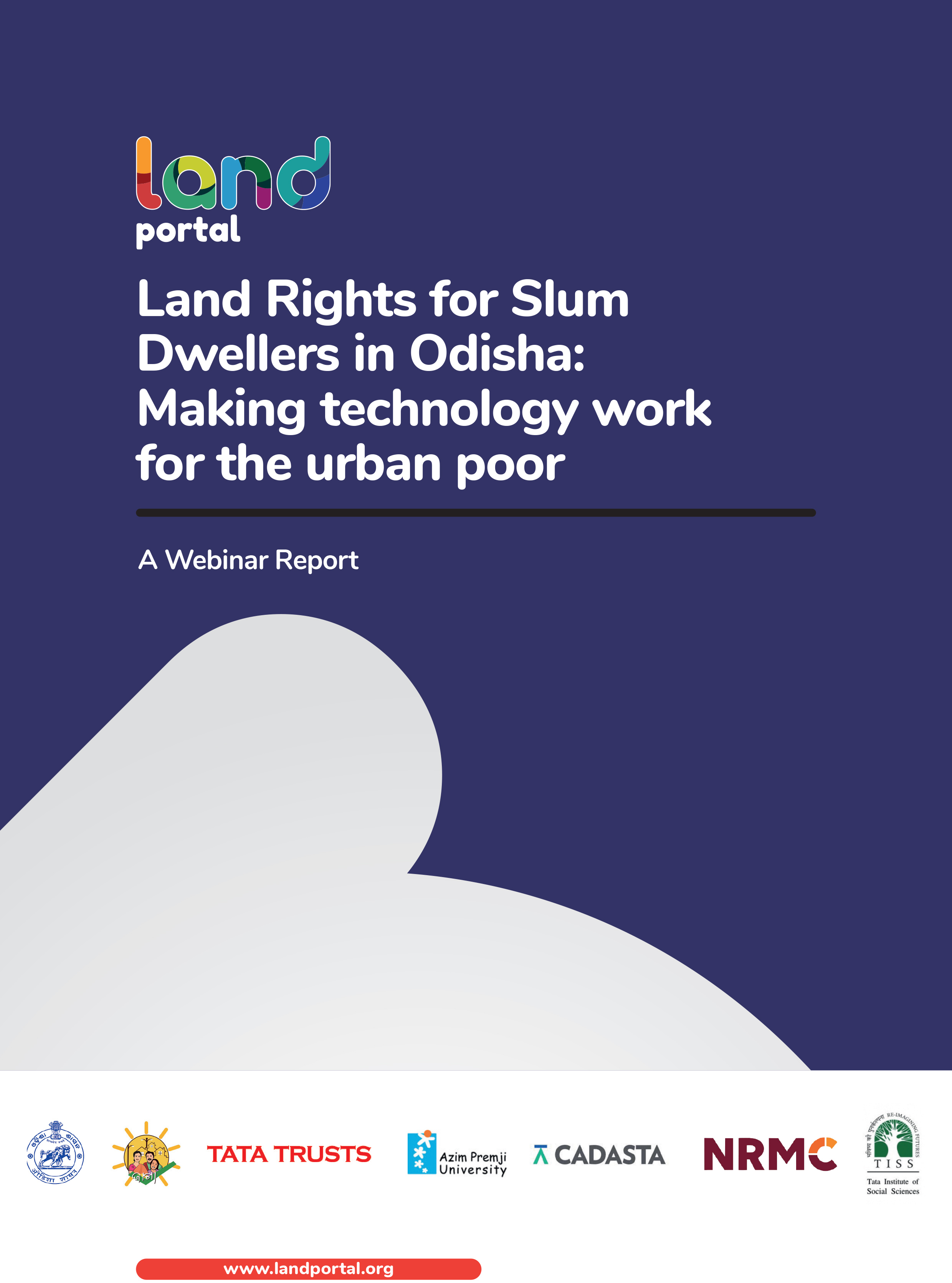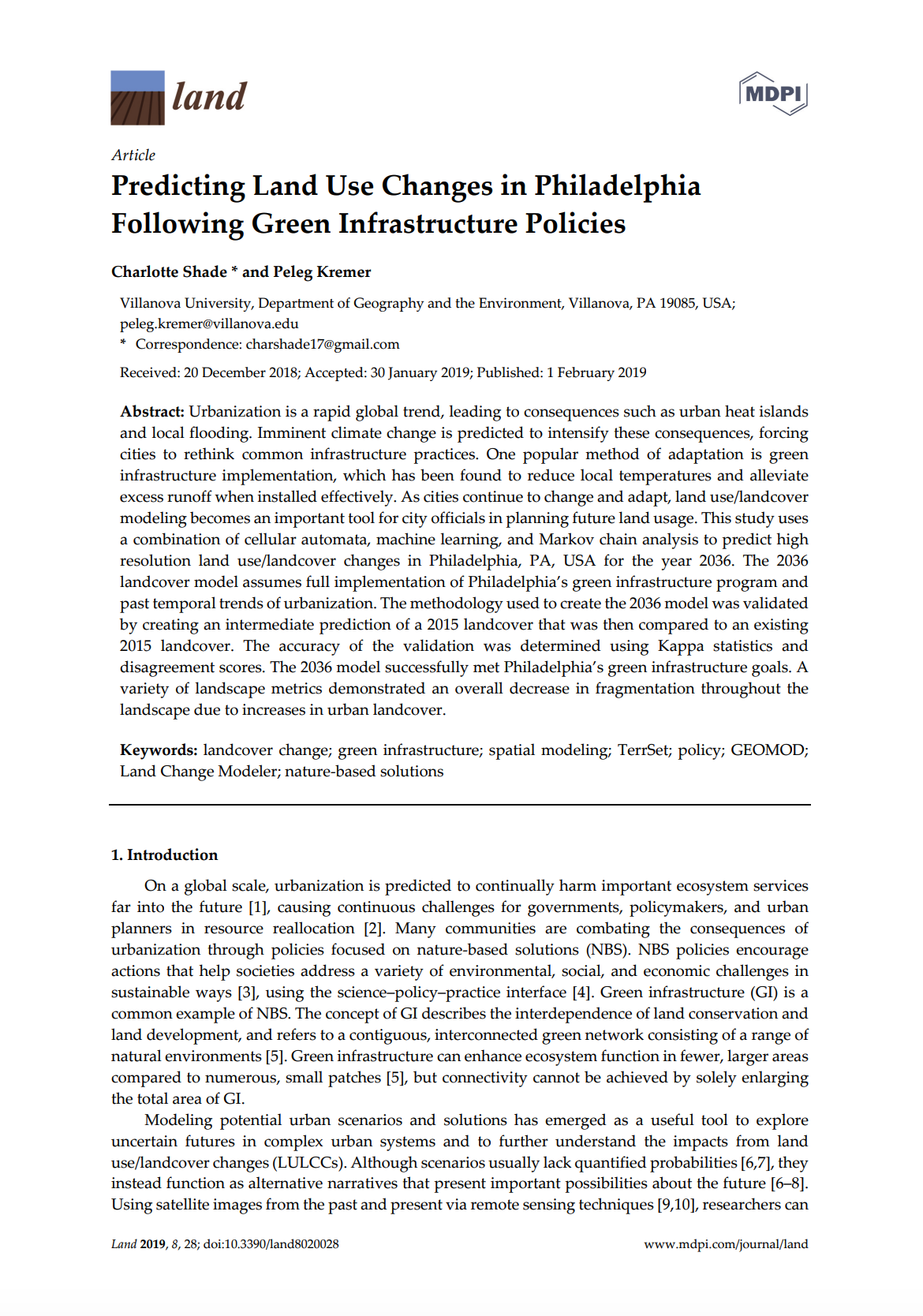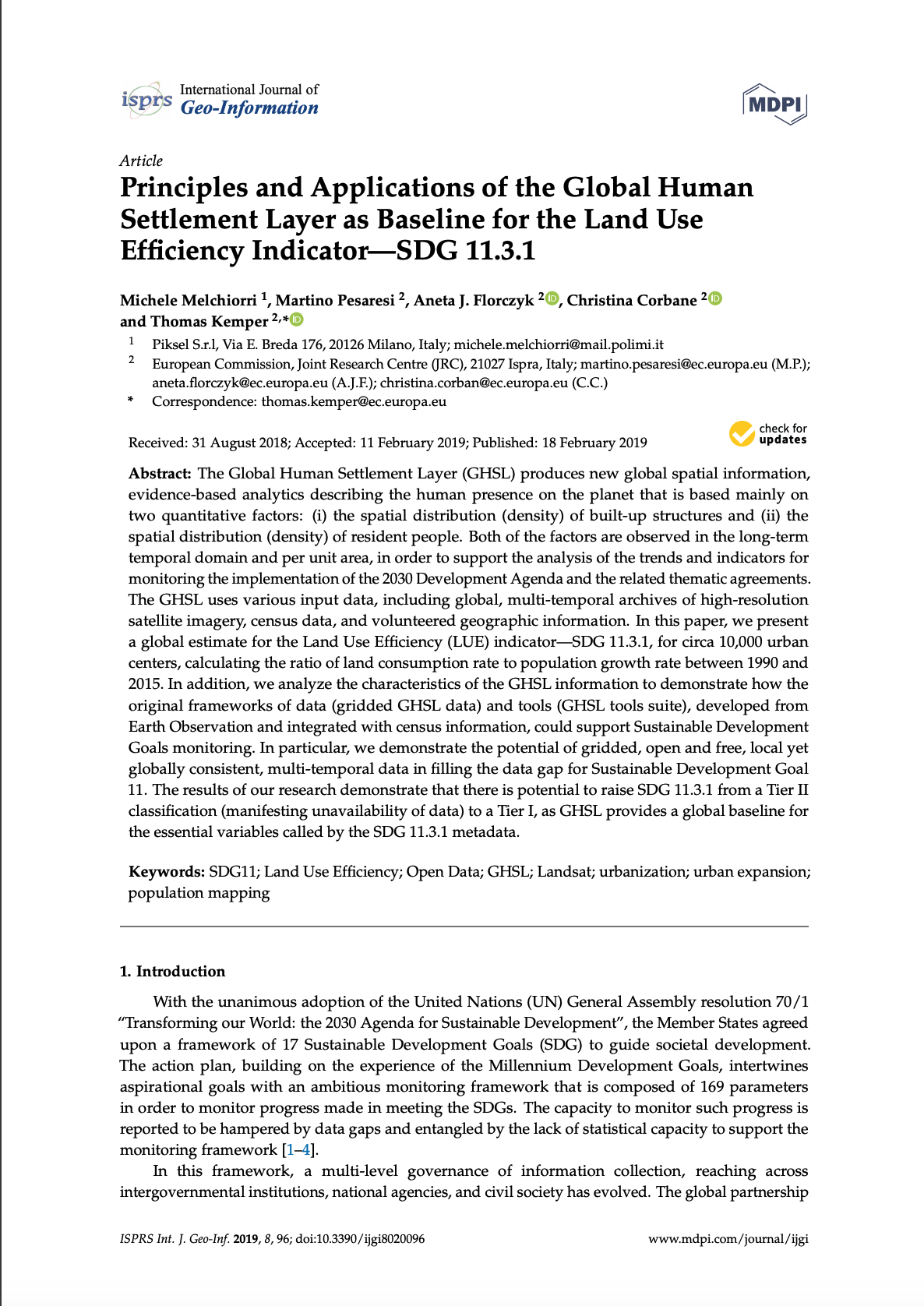Beyond the urban-rural dichotomy: Towards a more nuanced analysis of changes in built-up land
Urban land and rural land are typically represented as homogenous and mutually exclusive classes in land change analyses. As a result, differences in urban land use intensity, as well as mosaic landscapes combining urban and rural land uses are not represented. In this study we explore the distribution of urban land and urban land use intensity in Europe and the changes therein. Specifically, we analyze the distribution of built-up land within pixels of 1 km2. At that resolution we find that most built-up land is distributed over predominantly non-built-up pixels.








